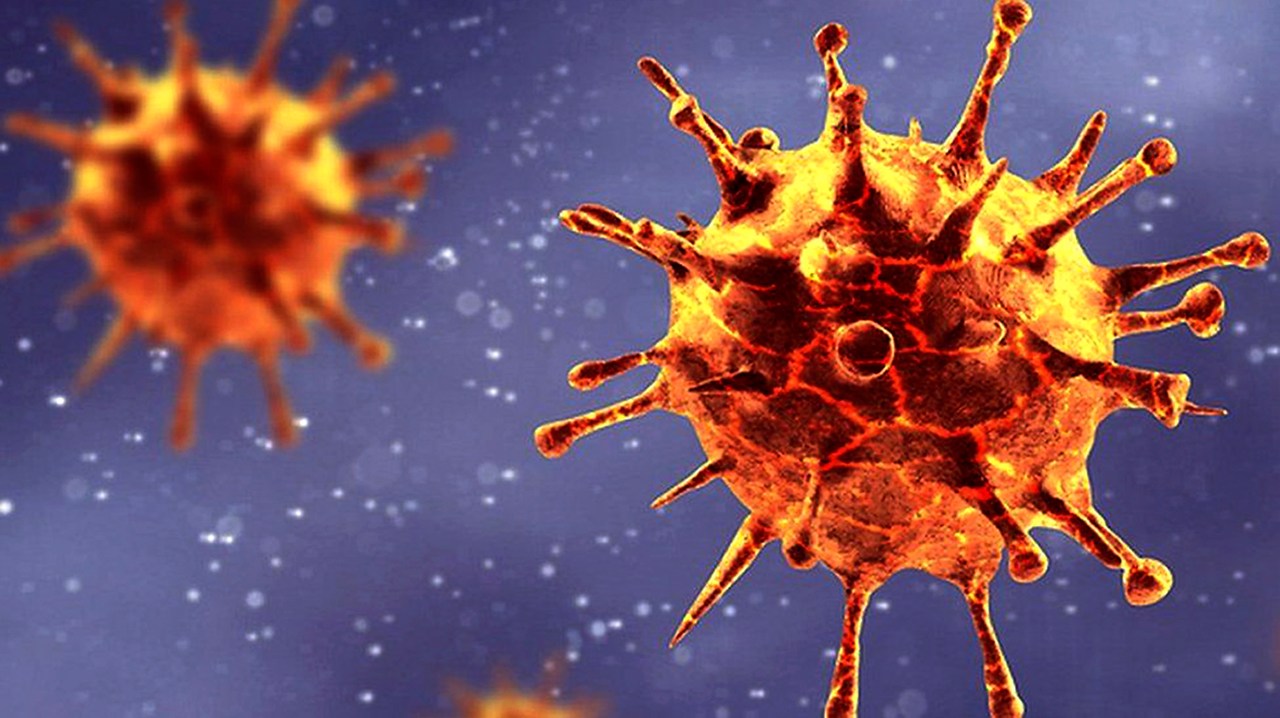Infection
‘Spike in infections’: WHO declares new Covid variant – but no evidence yet of increase in severity
The World Health Organization on Wednesday declared the first new Covid-19 variant since Omicron in 2021. It was designated the letter E in the Greek alphabet and will be referred to as Eris.
Eris has been classified as a variant of interest.
Significant variants before Omicron – Alpha, Beta and Delta – had been declared as variants of concern due to the severity of the disease they caused and, in Omicron’s case, the high levels of transmissibility. Eris’ designation could change if there are significant developments.
Omicron was first identified by South African scientists in 2021.
Read more in Daily Maverick: How knowledge of HIV can help South Africa’s virus hunters track down the universal Covid enemy
The WHO’s technical lead, Dr Maria van Kerkhove, said Eris had a higher growth rate than Omicron.
“In terms of its behaviour, we do not detect an increase in severity.”
She said they were seeing “immune escape”, which indicated a higher risk of reinfection for either those who were vaccinated or those who were infected with one of the other variants.
She said Eris had been detected in 7,000 samples from 51 countries, and stressed that the genomic sequencing of Covid-19 samples had to continue.
“The virus is evolving. The virus is circulating in every country,” said Van Kerkhove, adding that there were other possible variants of interest they were keeping an eye on.
Read more in Daily Maverick: The real spectre of Pathogen X and another global pandemic
Why now?
Up to now, despite the emergence of a large number of subvariants of Omicron, none of the new mutations were considered by the WHO’s technical team to be significantly different from the original Omicron variant.
Eris was first identified in February 2023 and was designated the status of “variant under monitoring” in July.
What is different about Eris?
Eris is a descendant of the XBB.1.9.2 subvariant of Omicron. This subvariant was highlighted as it showed up in the United States with two new symptoms – nausea and diarrhoea.
XBB.1.9.2 had a very similar spike protein (the virus’s way to access human cells) from the XBB.1.5 variant that was dubbed the “Kraken” variant by international media outlets because of its high transmission capabilities. It, however, carries an extra amino-acid mutation.
The WHO ruled that due to its mutations, it was significantly different from Omicron and should be designated as its own variant.
There are no significant differences in symptoms with previous variants.
What are the risks?
An initial risk assessment done by the WHO’s technical experts found no evidence that Eris would cause more severe disease than Omicron.
The WHO technical team has flagged the following:
- It is growing fast so it is likely to cause a surge in case incidence;
- Several countries where Eris was found have seen increases in cases and hospitalisations;
- There is no evidence yet of an increase in severe disease;
- There is no evidence currently to show that it will create a bigger public health risk than the subvariants of Omicron that were in circulation.
According to the latest data from the National Institute for Communicable Diseases (NICD), Omicron remains the dominant variant in South Africa and no Eris variants have been detected so far.
The latest available data from the NICD concerning Covid-19 is for data collected up to 30 July.
According to this report, between January and July 2023, 279 Covid-19 cases were detected from all surveillance programmes.
Of the 254 specimens sequenced, a variant could be assigned in 67% of cases and 98% were subvariants of Omicron. DM

